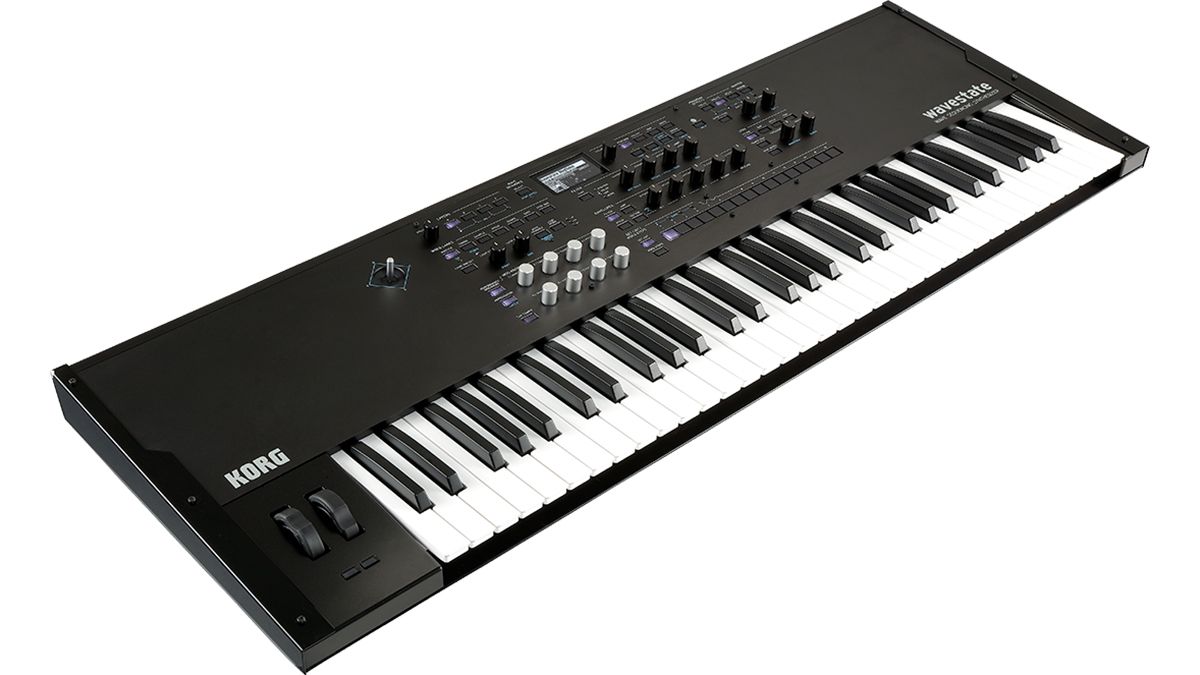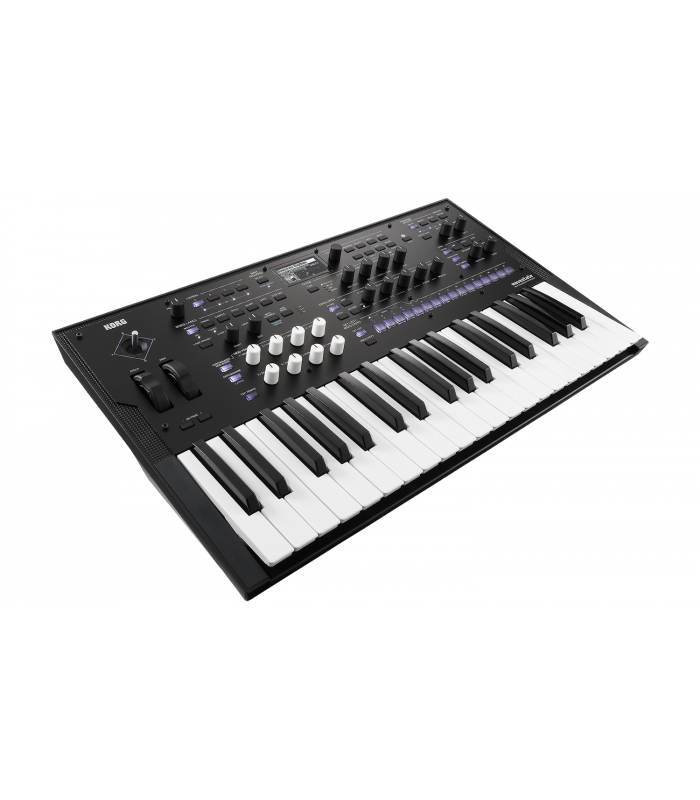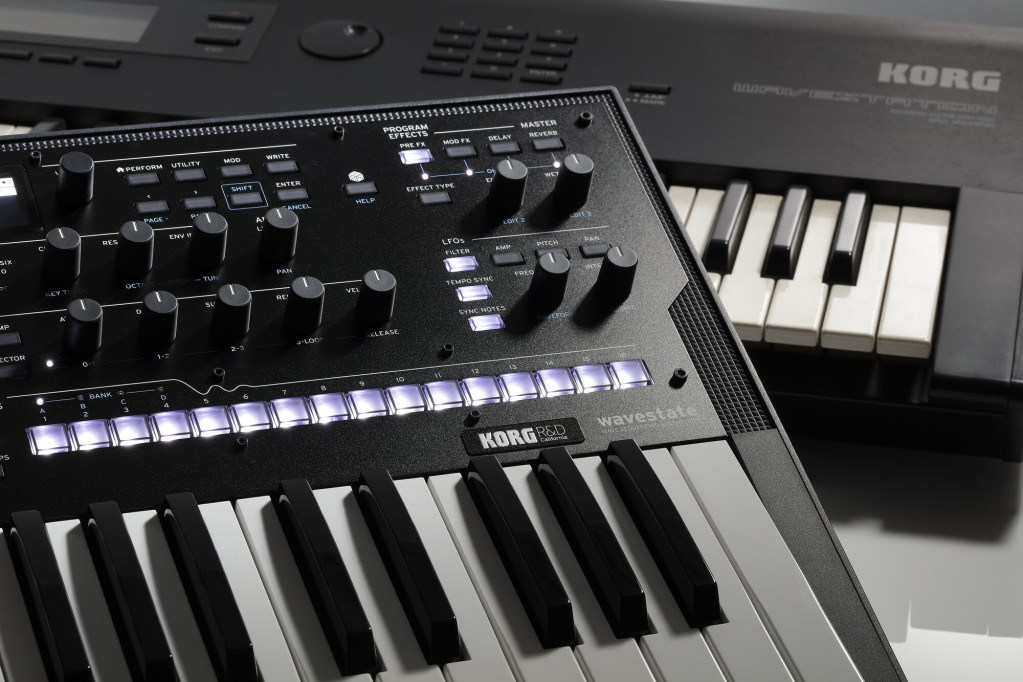


This allowed the user to create unique sounding patterns that repeated. With the Wavestation, the Wave Sequences had in-depth control over each step for duration, sample and pitch. The compact, desktop-based design provides you with a 37-note full-sized keybed for fluid playability.īuilding on the success of the Wavestation, Korg have further expanded the Wave Sequencing technology for this Wavestate synthesizer. It also boasts a wide variety of classic and modern-day filters for in-depth sound design. Nearly every knob and parameter can be modulated for in-depth control. It incorporates high-end sounds from the Kronos, Krome and brand-new samples from Korg and Plugin Guru. The Wavestate synthesizer features a huge, versatile sample library with custom sounds from Korg. This allows you to create unique and ever-evolving sequences and patterns. The Wavestate employs new and improved Wave Sequencing 2.0 technology. The Korg Wavestate Sequencing Synthesizer is a cutting-edge sequencing synth, building on the success of the Korg Wavestation. The four onboard arpeggiators can interact with Wave Sequences for even more possibilities.Ride the wave. The result is organic, ever-changing sounds that respond to your control.

Finally, individual steps can be randomly skipped, with a modulatable probability from 0 to 100%. Lanes can also randomize the step order every time they play, with realtime control over the range of included steps. Each note in a chord can be playing something different! You can modulate each Lane’s start, end, and loop points separately for every note, using velocity, LFOs, envelopes, Mod Knobs, or other controllers.

For instance, a sample may be matched with a different duration, pitch, shape, gate length, and step sequence value every time that it plays. Each of these is a “Lane,” and each Lane can have a different number of steps and its own start, end, and loop points.Įvery time the sequence moves forward, the individual Lanes are combined to create the output. Also added are new characteristics including shapes, gate times, and step sequencer values. Wave Sequencing 2.0 splits apart the timing, the sequence of samples, and the melody, so that each can be manipulated independently. What if they could evolve in organic, unexpected ways, instead of just repeating? This created ear-catching patterns–but the patterns repeated the same way, over and over. With the Wavestation, each step of a Wave Sequence had a duration, a sample, and a pitch.


 0 kommentar(er)
0 kommentar(er)
